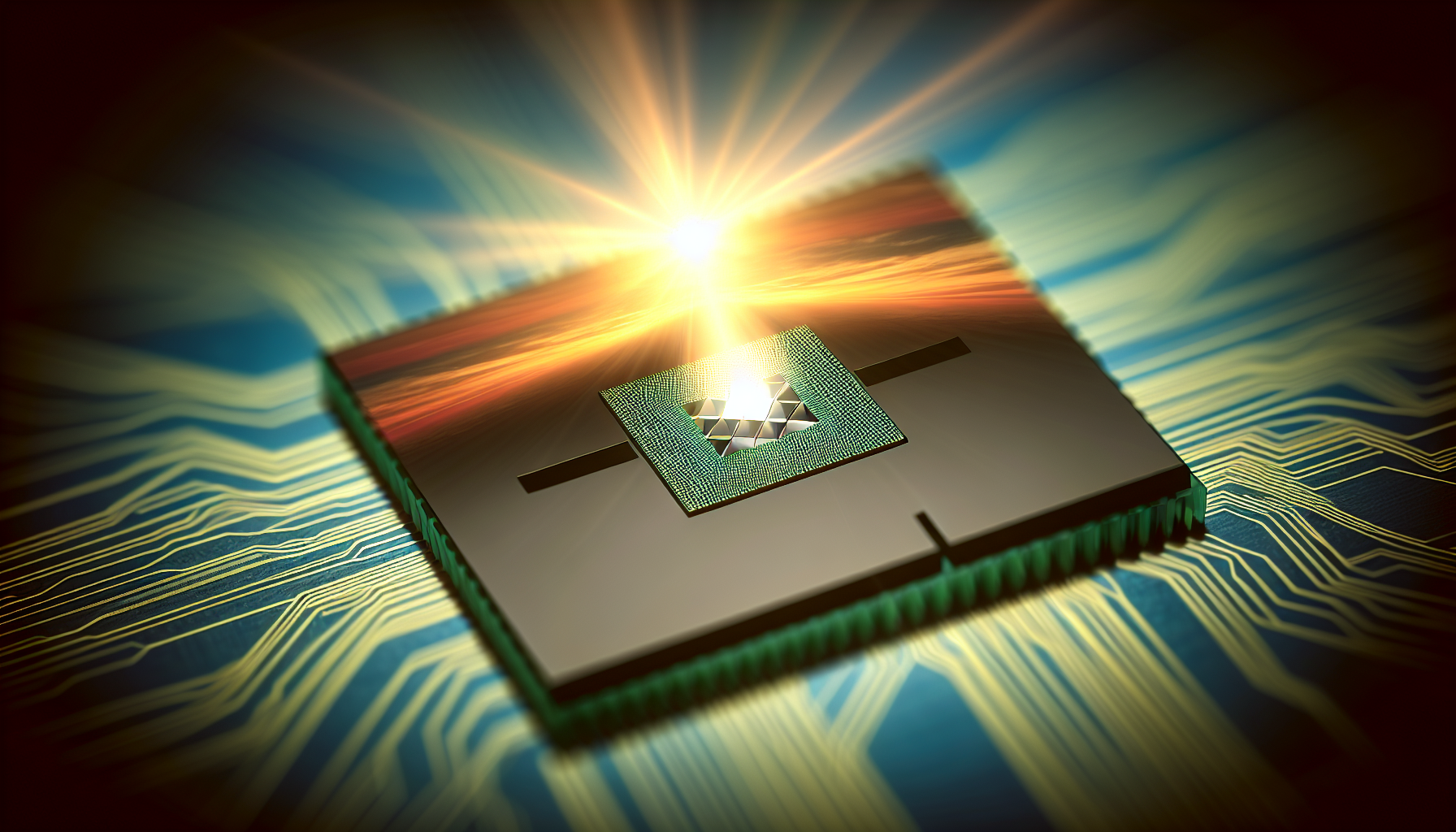Unveiling the Majorana 1: The Dawn of Topological Quantum Processors
Posted on September 09, 2025

In 2025, Microsoft introduced Majorana 1, the first 8-qubit topological quantum processor utilizing Majorana particles to achieve unprecedented qubit stability and fault tolerance. This breakthrough harnesses topological superconductors and topoconductors, offering a promising path toward scalable, error-corrected quantum computing. The Majorana 1 sets a new benchmark by combining novel materials science with innovative engineering to potentially scale up to a million qubits, accelerating the realization of practical quantum advantage across diverse fields.
In early 2025, Microsoft and its collaborators achieved a landmark breakthrough in quantum computing with the unveiling of the Majorana 1—the world's first topological quantum processor featuring eight qubits harnessed via Majorana particles. This pioneering device, introduced at Microsoft Station Q’s annual conference and detailed in a Nature paper, represents a transformative step toward scalable, fault-tolerant quantum computation.
Unlike conventional qubits built from superconducting circuits or trapped ions, the Majorana 1 leverages exotic Majorana zero modes formed within a novel topological superconductor state, realized in an indium arsenide-aluminum heterostructure cooled to low temperatures. These Majorana quasiparticles support topological qubits, whose quantum information is protected by the system’s underlying topological order rather than fragile quantum states alone. This results in dramatically enhanced qubit stability, coherence, and intrinsic resistance to environmental noise and operational errors—a longstanding challenge in quantum technology.
Technically, the Majorana 1 epitomizes a new kind of quantum transistor powered by a 'Topological Core' architecture, enabled through breakthrough materials known as topoconductors. This architecture is designed not only to maximize qubit reliability but also to facilitate digital control and high-speed operation, crucial for practical quantum processing. Microsoft declares a roadmap to scalability that envisions expanding from this initial 8-qubit prototype to a million-qubit chip small enough to fit in the palm of a hand, a quantum leap in computational power.
This advancement marks more than just a milestone in qubit count—it heralds the possibility of achieving robust quantum error correction, a prerequisite for building fault-tolerant quantum computers capable of solving industrial-scale problems beyond classical capabilities. The Majorana 1 is poised to accelerate progress in challenging domains such as complex material design, cryptographic security, and environmental remediation.
While the scientific community has received this development with excitement tempered by cautious evaluation, the successful manipulation and verification of Majorana zero modes in a functioning processor remain an unprecedented achievement. The innovative use of topological materials to encode quantum information opens up fundamentally new ways to approach scalability and error reduction, setting topological qubits apart from more error-prone superconducting and trapped-ion alternatives.
In summary, the unveiling of the Majorana 1 quantum processor showcases the tangible arrival of topological quantum computing as a practical technology. It ushers in a new era where quantum machines may move from experimental physics labs toward real-world quantum advantage, solving problems that were previously inconceivable for classical hardware. Tech enthusiasts and industry stakeholders alike await the next phases, where this technology’s promise will be rigorously tested and scaled.


